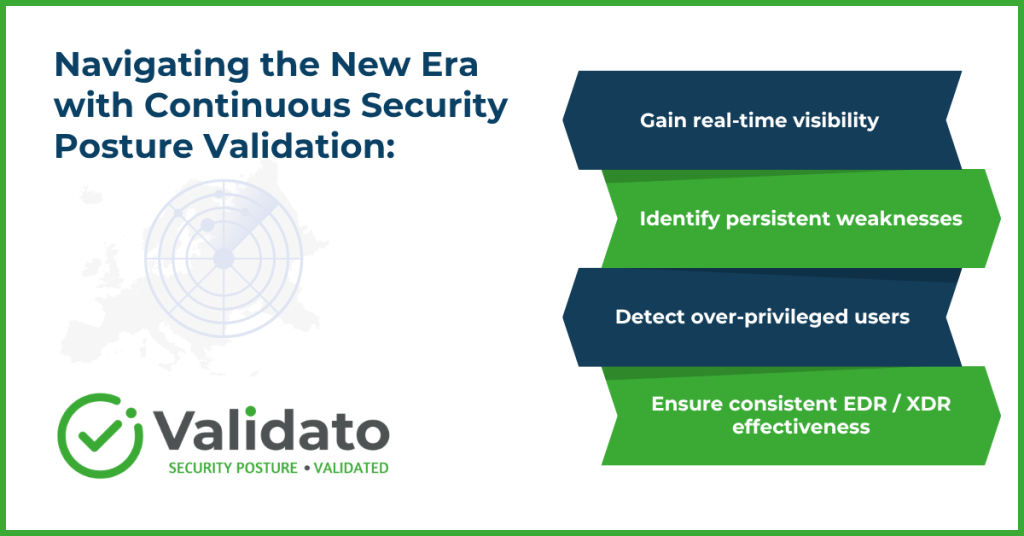The ground is shifting beneath the feet of European organisations. Gone are the days when cybersecurity compliance could be treated as an annual tick-box exercise. A new, more dynamic and demanding paradigm is emerging, spearheaded by landmark regulations such as the Digital Operational Resilience Act (DORA), the Network and Information Security Directive 2 (NIS2), and the UK’s forthcoming Cyber Security & Resilience Act. Together, they herald a New Regulatory Age where Continuous Compliance is not just best practice, but a regulatory imperative.
These transformative pieces of legislation recognise a fundamental truth: cyber risk is not a static target but a fluid, ever-evolving threat landscape. Consequently, they compel regulated entities to move beyond point-in-time assessments and cultivate robust, adaptive frameworks for managing and mitigating cyber threats. The core tenets are clear: continuous monitoring, rigorous testing, and an unwavering commitment to ongoing improvement.
DORA: Fortifying the Financial Frontier
Specifically targeting the EU’s financial sector – from banking and insurance to investment firms and crypto-asset service providers – DORA mandates a stringent approach to digital operational resilience. It’s no longer enough to simply have defences; firms must continuously test their mettle. This includes obligations for comprehensive ICT risk management, ongoing assessment of digital operational processes, robust incident reporting, and, for significant entities, advanced threat-led penetration testing (TLPT). DORA underscores the critical need to ensure that financial operations can withstand, respond to, and recover from all types of ICT-related disruptions and threats, including those originating from third-party providers, which are now sharply in focus.
NIS2: Broadening and Deepening Cyber Defences Across the Union
Building upon its predecessor, NIS2 significantly expands both the scope of industries covered and the depth of cybersecurity obligations. It casts a wider net, encompassing a greater array of ‘essential’ and ‘important’ entities – think energy, transport, healthcare, digital infrastructure, public administration, and even certain manufacturing and food production sectors. NIS2 places a far greater emphasis on proactive cybersecurity measures. It demands the implementation and consistent review of comprehensive policies and procedures covering risk analysis, incident handling, crisis management, robust business continuity and disaster recovery plans, and crucially, the security of supply chains. This necessitates a vigilant, always-on approach to cybersecurity governance and operational readiness in this New Regulatory Age.
The UK Cyber Security & Resilience Act: Charting a Course for National Cyber Strength
The UK, while forging its own regulatory path post-Brexit, is demonstrating a clear commitment to bolstering its national cyber defences with the proposed Cyber Security & Resilience Act. Expected to echo the proactive principles underpinning NIS2, this legislation will likely require UK organisations within its scope to embed resilience into their core operations and demonstrate an ongoing commitment to robust, continuous security measures. The aim is to elevate the baseline of cybersecurity across critical sectors, ensuring the UK remains a secure place to do business in an increasingly interconnected world.
The Dawning Reality: A Profound Shift in Mindset and Operation
The implications of this collective regulatory evolution are profound and far-reaching. Relying on sporadic annual audits or snapshot assessments to gauge compliance is now a dangerously outdated strategy. Instead, organisations must cultivate a culture of “continuous vigilance,” embedding security and resilience into the very fabric of their daily operations and strategic decision-making. This is not merely a technical challenge; it’s a strategic imperative that demands leadership buy-in, adequate resources, and a skilled workforce. It means fostering an environment where security is everyone’s responsibility, from the boardroom to the front line, truly embracing the New Regulatory Age.
Navigating the New Era with Continuous Security Posture Validation
This is precisely where the concept of continuous security posture validation becomes indispensable. In this demanding new landscape, understanding your actual resilience in real-time is paramount. This is where solutions like Validato play a crucial enabling role. By continuously and safely simulating the behaviours of real-world cyber threats – from common Ransomware tactics to sophisticated advanced persistent threat (APT) methodologies – our platform offers organisations an unparalleled, evidence-based understanding of their security posture.
Validato empowers businesses to move beyond theoretical compliance and achieve genuine, demonstrable resilience.
Validato enables you to:
- Gain real-time visibility: Understand precisely how your defences perform against current and emerging threats across your Microsoft Windows, Linux, and Apple Mac environments.
- Identify persistent weaknesses: Uncover vulnerabilities and configuration errors that attackers could exploit, before they do.
- Detect over-privileged users: Pinpoint accounts with excessive permissions that could be compromised and used to escalate an attack.
- Ensure consistent EDR/XDR effectiveness: Continuously validate that your expensive security solutions are correctly configured, deployed, and delivering the protection you expect.

This proactive, evidence-based approach is fundamental not only for meeting the stringent demands of DORA, NIS2, and the upcoming UK legislation but for building truly sustainable, long-term cyber resilience that can withstand the sophisticated threats of tomorrow. Embracing continuous compliance isn’t just about adhering to new rules; it’s about future-proofing your organisation in an increasingly perilous digital world in this New Regulatory Age.
Contact Validato for more information on Continuous Compliance and Security Posture Validation.


